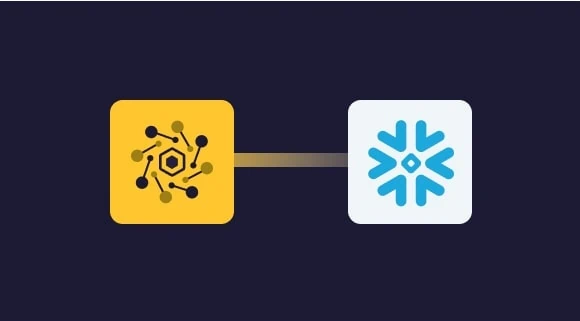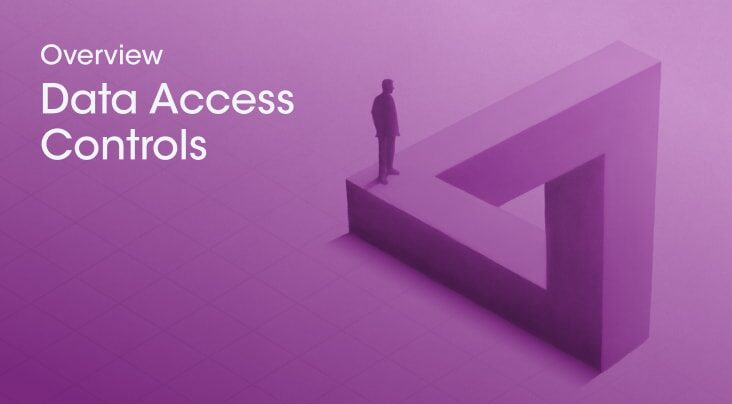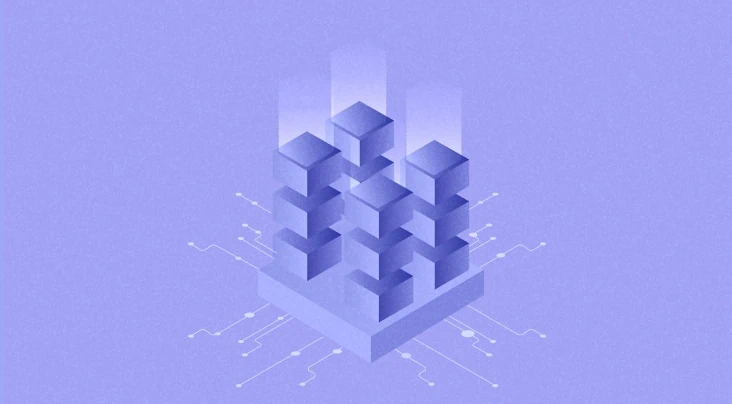Challenges
Cloud data warehouses provide flexibility and scale allowing organizations to analyze large quantities of data helping making business decisions faster. However Global security regulations such as PCI, HIPAA, FERPA and privacy laws such as GDPR, CPRA require organizations to identify all sensitive and personal data, ensure data is used only for its intended purpose and implement adequate security controls to protect the data from breaches.
Since data arrives into Snowflake from several sources, administrators do not have visibility into what sensitive data is in Snowflake, whose data is it, and how many personal records are present. In short, organizations could be non-compliant without their knowledge, and if there was a data breach it could cause large penalties and fines based on jurisdictions and local laws.
Solution
Here are a few things organizations can do to reduce their privacy and security risks.
- Discover personal data
The first step is to scan your Snowflakes instance to detect all personal & sensitive data stored in tables and schemas. This will help you track down all sensitive and personal data in your Snowflake instance
- Reveal all sensitive and personal data
Detect all sensitive and personal data records in schemas, tables and columns. This will make it easier to implement data protection or retrieve personal data when necessary
- Identify Data Risk
Assess data risk in Snowflake based on personal data attributes, data residencies, & Snowflake instance location. This can help flag data risks on an on-going basis. dangerous.
- Identify data owners & fulfill DSRs in a timely manner
Linking all personal data can help you respond to data subject rights (DSRs) swiftly and efficiently.
- Protect PII and PHI
Organizations need to make sure that there are adequate security controls in place in order to protect on PII and PHI identified in Snowflake. Data obfuscation controls such as data encryption or masking on specific columns with sensitive data will reduce security risks in case of breaches.
- Visibility and enforcement of access governance
Review who has access to specific tables in Snowflake & enforce access to ensure only users with access to data can view it.
To learn more about how securiti.ai can help you automate your data privacy and security in Snowflake signup & watch a demo today!












